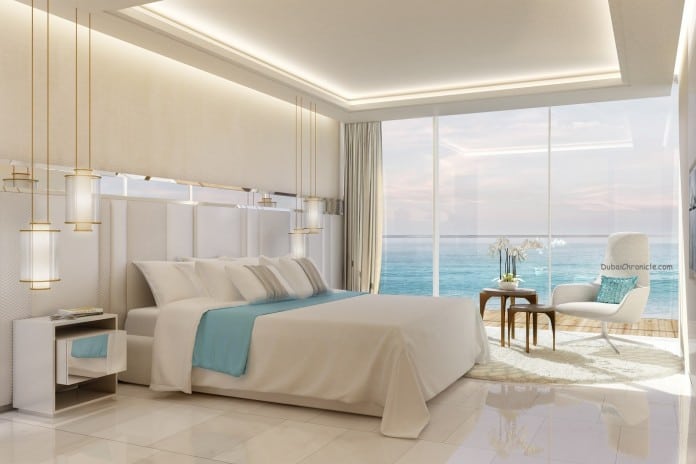
Hotels in the Middle East reported negative results, while hotels in Africa reported mixed results for the three key performance metrics when reported in U.S. dollar constant currency, according to Q1 2016 data from STR.
Compared with Q1 2015, the Middle East subcontinent reported a 3.3% decrease in occupancy to 71.9%. Average daily rate for the quarter was down 8.1% to US$188.55. Revenue per available room dropped 11.1% to US$135.63.
The Northern Africa and Southern Africa subcontinents experienced a 4.4% decrease in occupancy to 53.5%. However, average daily rate was up 9.0% to US$107.58, and RevPAR increased 4.2% to US$57.56.
Performance of featured countries for Q1 2016 (local currency, year-over-year comparisons):
Lebanon reported decreases in each of the three key performance indicators: occupancy (-8.4% to 44.3%), ADR (-9.3% to LBP215, 601.32) and RevPAR (-17.0% to LBP95, 422.47). According to STR analysts, political unrest and security concerns played a major role in the lowest Q1 ADR in Lebanon since 2008. Travel to the country has declined, reflected by a 5.1% decrease in demand for the quarter, while supply grew 3.7%.
Mauritius experienced a 4.7% lift in occupancy to 76.7% as well as double-digit growth in ADR (+11.4% to MUR7, 416.66) and RevPAR (+16.6% to MUR5, 687.28). The absolute occupancy level was the highest for a quarter in Mauritius since the first three months of 2008. The performance can be attributed to a 4.7% increase in demand combined with flat supply. March was the top RevPAR month of the quarter at +23.7%.
South Africa posted increases across the three key performance metrics: occupancy (+2.8% to 65.0%), ADR (+9.7% to ZAR1, 238.43) and RevPAR (+12.8% to ZAR805.32). With demand outpacing supply, hoteliers were able to raise rates to further drive RevPAR. STR analysts point out that first quarters have been particularly strong in South Africa since 2012, driven primarily by rate. The weakening of the South African Rand against the U.S. dollar, euro and British pound has made the country a more affordable destination.
Performance of featured markets for Q1 2016 (local currency, year-over-year comparisons):
Amman, Jordan, saw a 3.8% increase in occupancy to 50.3%, but a 3.4% decrease in ADR to JOD111.13 left RevPAR nearly flat (+0.3% to JOD55.86). Supply went basically unchanged for the quarter, while demand grew 3.8%, leading to the increase in occupancy. According to STR analysts, Jordan’s hotel industry is being affected by regional conflicts in Syria and Iraq, thus, rates have continued to fall.
Cairo, Egypt, recorded positive results in the three key performance measurements. Occupancy rose 7.8% during the quarter to 56.7%; ADR was up 5.9% to EGP837.72; and RevPAR increased 14.1% to EGP474.77. March was a particularly strong month with double-digit increases across the key metrics, including a 26.7% spike in RevPAR. STR analysts cite an 11.1% increase in group business during the quarter as reason for a 10.2% overall lift in demand. After a weak fourth quarter in 2015, revenue managers have confirmed a strong demand increase, especially with airport properties.
Jeddah, Saudi Arabia, reported decreases across the key performance metrics: occupancy (-9.9% to 67.3%), ADR (-5.0% to SAR868.76) and RevPAR (-14.4% to SAR584.42). Occupancy and ADR during the quarter were hurt by a 4.2% increase in supply. At the same time, demand dipped 6.1%, and the pipeline in the market remains robust.
Middle East and Africa performance for March 2016 (U.S. dollar constant currency, year-over-year comparisons):
Compared with March 2015, the Middle East subcontinent reported a 0.4% decrease in occupancy to 75.4%. Average daily rate for the month was down 6.1% to US$188.06. Revenue per available room dropped 6.5% to US$141.74.
The Northern Africa and Southern Africa subcontinents experienced a 5.9% decrease in occupancy to 56.4%. However, average daily rate was up 10.3% to US$107.21, and RevPAR increased 3.8% to US$60.49.




































